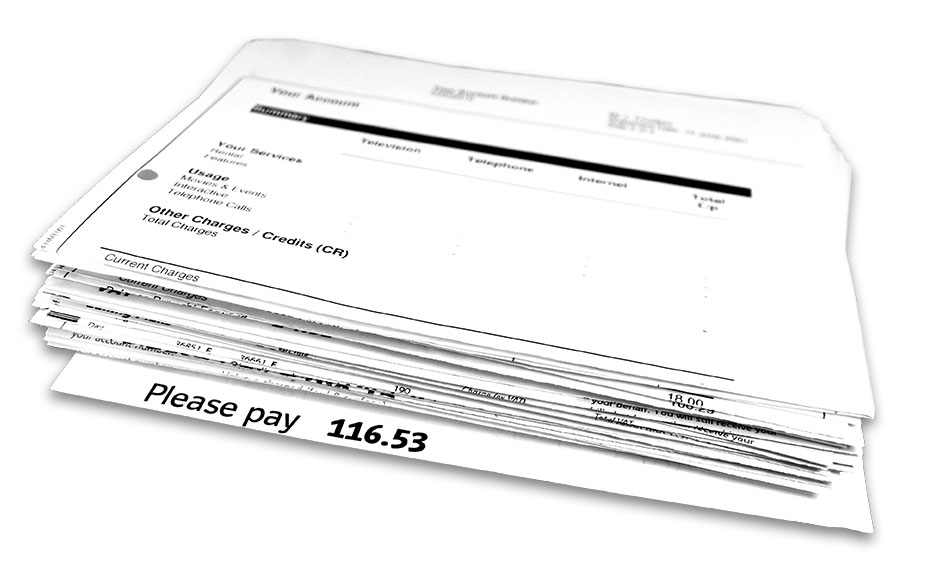 There’s been a lot of buzz in the energy industry in recent years over the power of demand management for generating big savings, and this has led to an understandable focus on installing smart metering, automating building controls, and obtaining 15-minute interval data.
There’s been a lot of buzz in the energy industry in recent years over the power of demand management for generating big savings, and this has led to an understandable focus on installing smart metering, automating building controls, and obtaining 15-minute interval data.
But what do you do for savings if the real-time metering or control infrastructure is not in place? The answer is simple. You work with the energy data you already have—your monthly utility bills. And how do you turn that data into savings?
Track Your Bills
The first thing to do is to find a reliable system for obtaining, recording, and archiving your monthly or quarterly utility bill information. This sounds simple, but can actually be quite complicated, since your organization’s bill pay processes may be decentralized. This means that the energy information is scattered, and it may require quite a bit of creativity and cooperation to bring that information together in a single place/database.
Complicating the issue is the fact that utility bills can be shared in multiple formats, including paper bills, PDF files, or scanned images. There are many different forms of electronic bills, from EDI-810 (the industry standard for electronic utility bills) to comma-separated value (CSV) files and Excel files. Utility providers have little incentive to change systems that have been working for decades, so there is less standardization or agreement in the industry than what might be expected.
However, the challenges of bringing data from different locations and different vendors together is actually one of the reasons that the information can be so valuable. Take Southeastern Freight Lines (SEFL) as an example.
How SEFL Caught the Thief
SEFL are one of the largest freight carriers in the United States, with 82 shipping facilities throughout the Southeast. The energy management team at SEFL bought EnergyCAP to track all their utility bills. Once they started comparing water use from similar facilities, they identified a mysterious water leak.
You see, they had purchased an older facility that included an unused restroom that had been sealed and walled off in an earlier remodel. No one knew it was there. Until someone started looking at the utility bills.
Although there were no visible signs of a water leak, the utility bills told a different story. So the building manager did due diligence, and the hidden bathroom was discovered. They were able to fix the leak, but the significant savings they had expected didn’t materialize. So they looked at the building use a bit more closely and finally discovered that a security guard was routinely allowing another company to fill a 7,000-gallon water tanker at the facility twice every weekend. Case closed!
Now, the accounting department didn’t really know what was going on in the facility. They were just paying the bills. And the building manager didn’t know what was going on, since there were no visible signals. Who would have thought that you could catch an employee stealing water by looking at your utility bills? But you can. And that’s just one example.
Do you have a utility bill-related success story to share? Comment back to us!
{{cta(‘e36ede94-1173-46ec-9053-5790a7ac524c’)}}
 Best-in-class portfolio-level energy and utility bill data management and reporting.
Best-in-class portfolio-level energy and utility bill data management and reporting.
 Real-time energy and sustainability analytics for high-performance, net-zero buildings.
Real-time energy and sustainability analytics for high-performance, net-zero buildings.
 A holistic view of financial-grade scope 1, 2, and 3 carbon emissions data across your entire business.
A holistic view of financial-grade scope 1, 2, and 3 carbon emissions data across your entire business.
 Energy and sustainability benchmarking compliance software designed for utilities.
Energy and sustainability benchmarking compliance software designed for utilities.
 There’s been a lot of buzz in the energy industry in recent years over the power of demand management for generating big savings, and this has led to an understandable focus on installing smart metering, automating building controls, and obtaining 15-minute interval data.
There’s been a lot of buzz in the energy industry in recent years over the power of demand management for generating big savings, and this has led to an understandable focus on installing smart metering, automating building controls, and obtaining 15-minute interval data.

